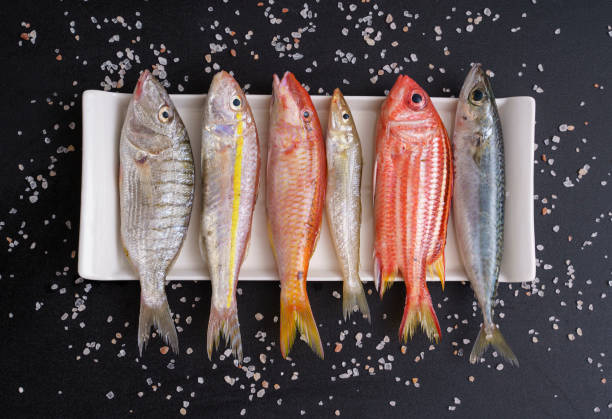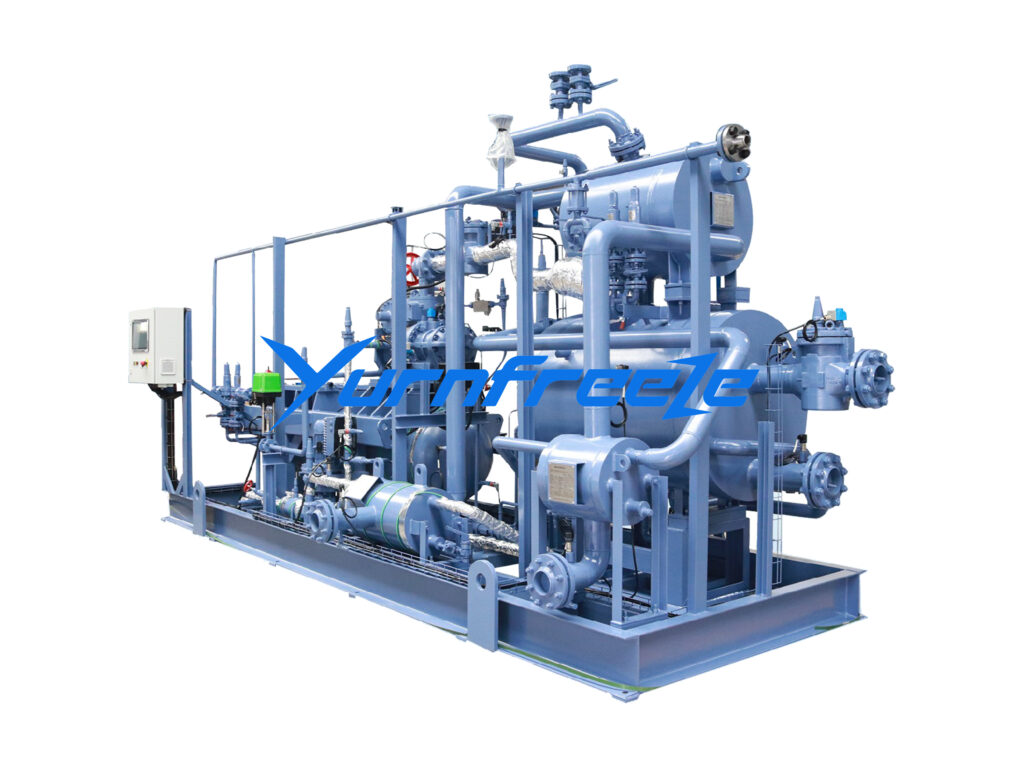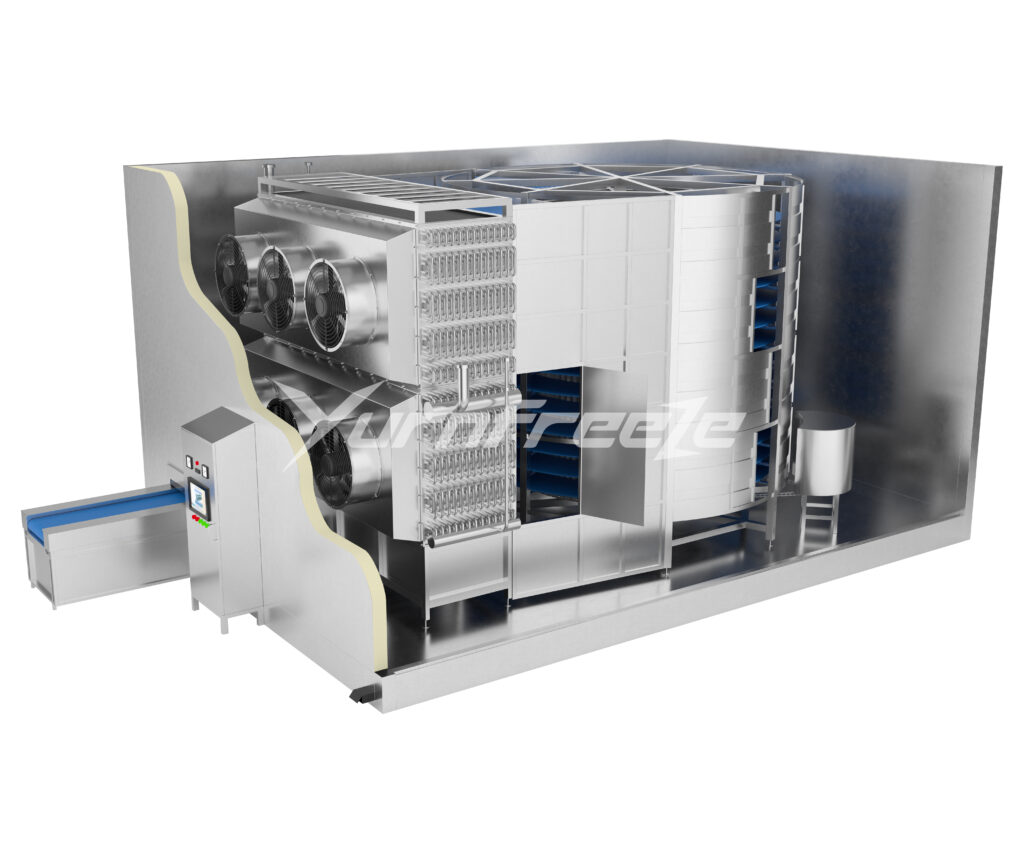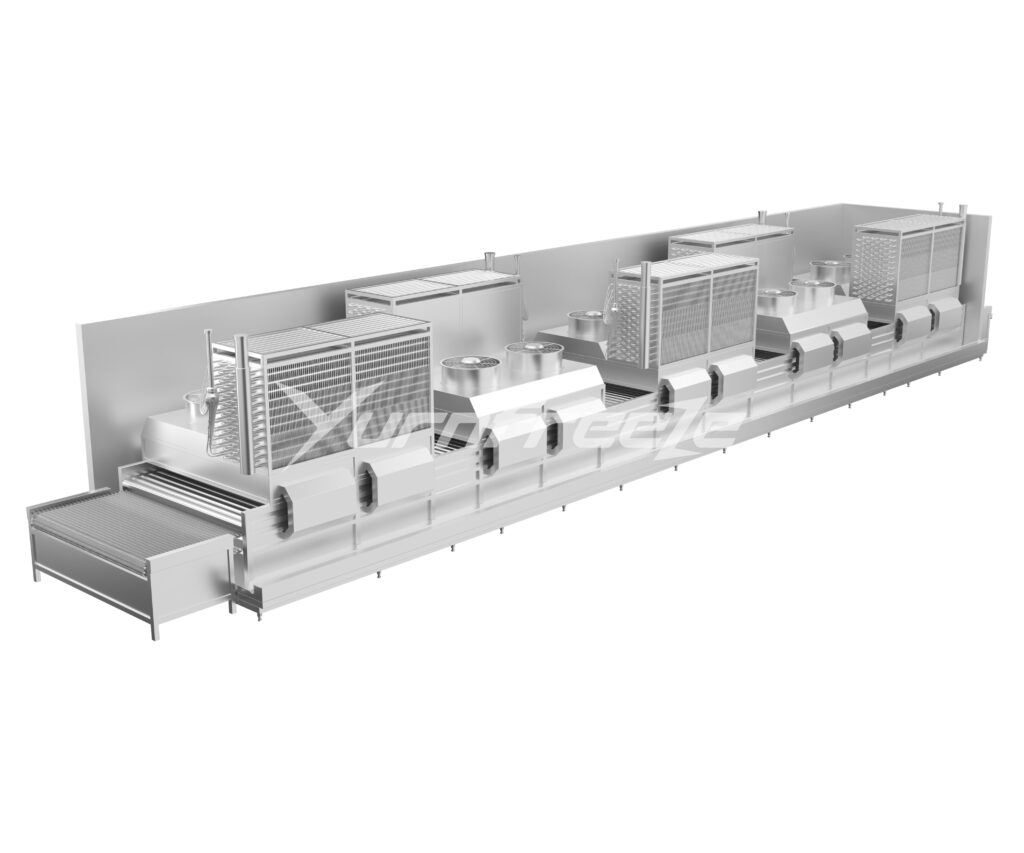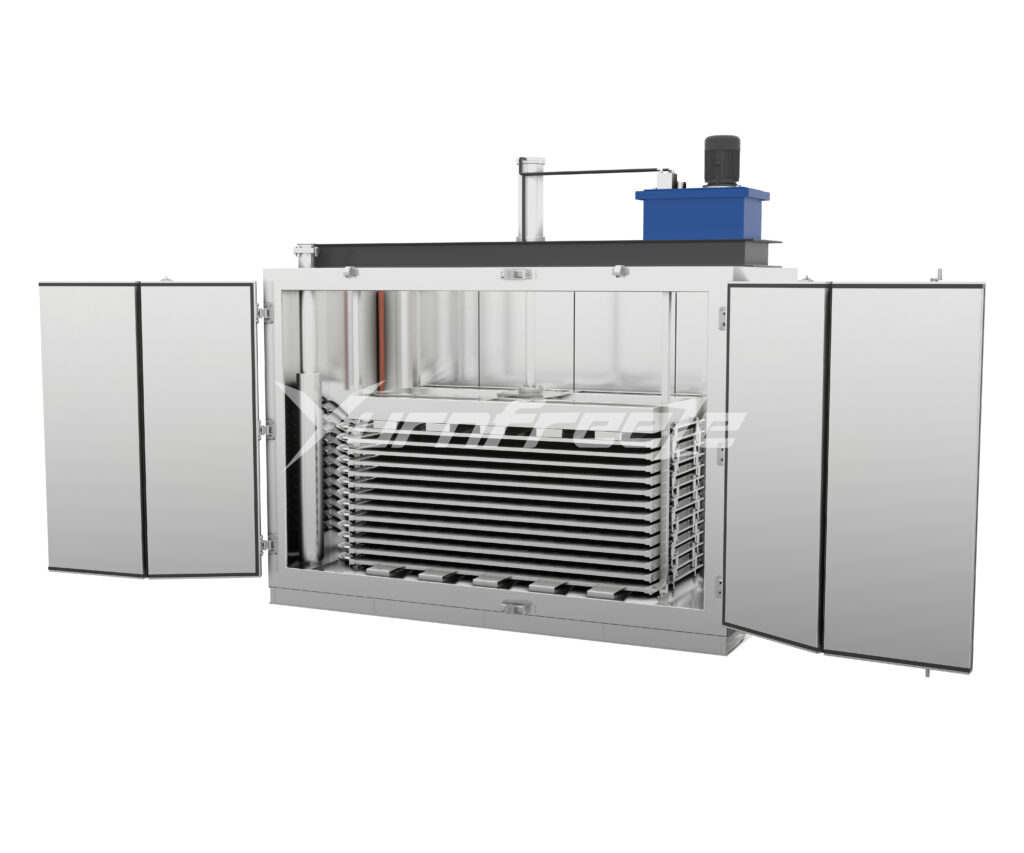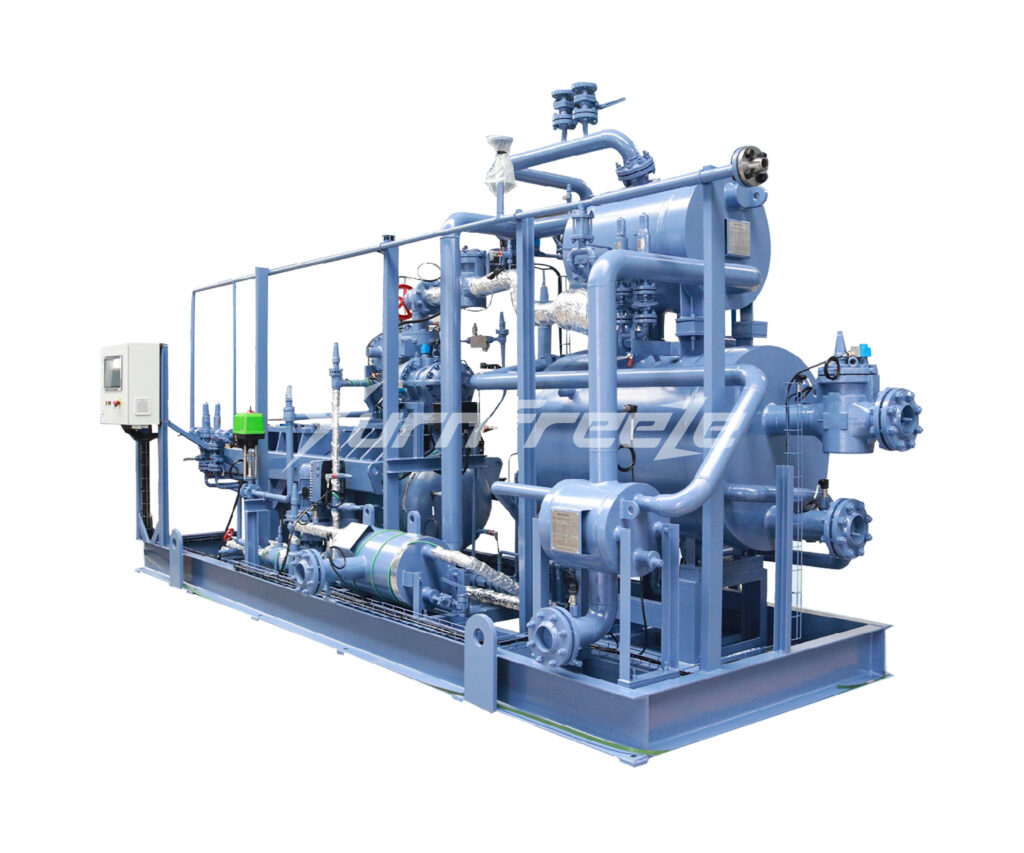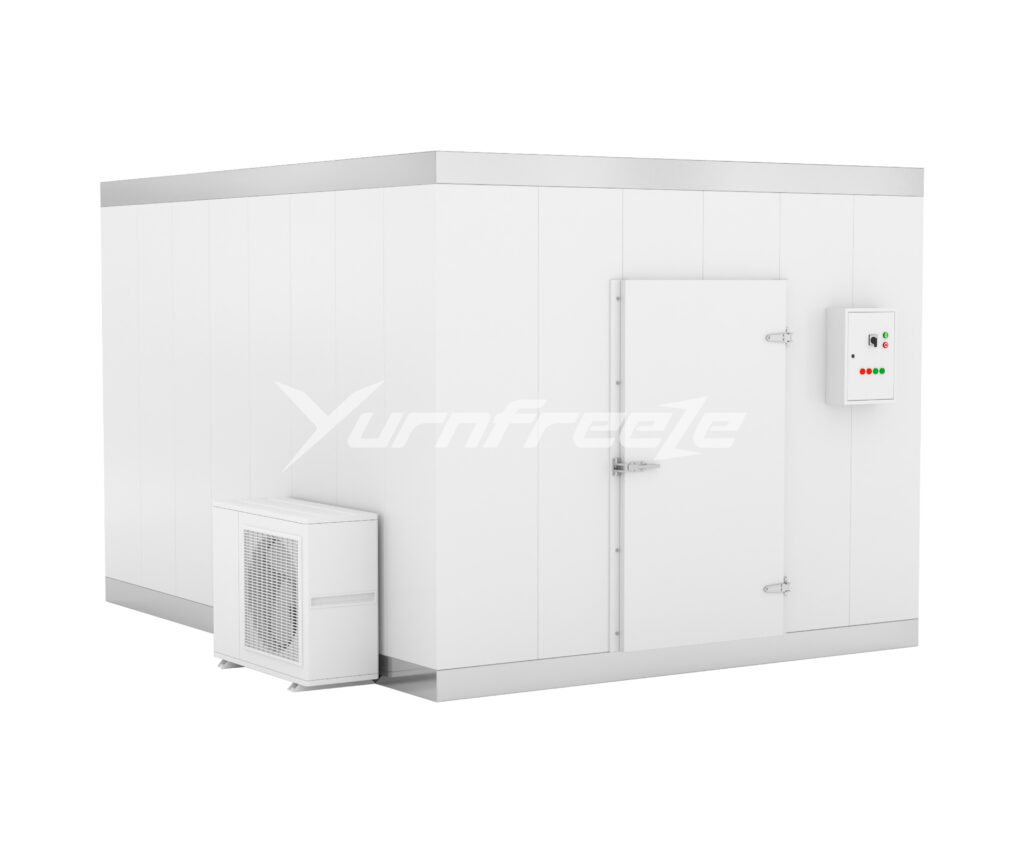01
Introduction
my country is rich in aquatic resources and has a wide variety of aquatic products. Fish, shrimp, shellfish and algae have different flavors and are deeply loved by consumers. Aquatic products are an indispensable and important component of a reasonable diet structure because of their low fat and high protein characteristics, and have become the main source of animal protein for people.
However, aquatic products are prone to spoilage, and preservation and processing must be strengthened to make full use of aquatic resources. Processing aquatic products into frozen fish paste and various frozen foods can not only better maintain their nutritional value and original flavor, but also improve their economy, provide consumers with more new, high-quality, hygienic and convenient frozen foods, and meet the needs of people and social production. Fresh fish must be selected and sorted before freezing, and spoiled and mechanically damaged fish and miscellaneous fish must be removed for sorting and plating.
02
Technical requirements for fish preparation
The fish heads at both ends should be neat, the fish body cannot be bent, and the fish head and tail cannot extend out of the plate; the surface should be flat, and the exposed back should be wavy to prevent unevenness at the two ends or in the middle, which will affect the stacking work; the belly that is easy to fade should be hidden in the middle of the fish body to prevent contact with the air; the head and tail should be adhered to each other to prevent them from falling off the plate or partially falling off during transportation, which will affect the rated weight; cold-processed fish should keep their shape intact and should not be operated with iron hooks to avoid mechanical damage to the fish body; the sorted fish should be immediately sent to a cold storage for temporary storage or freezing to prevent the quality of the fish body from deteriorating, and the height of the fish body on the plate should not exceed or approach the height of the fish plate to prevent difficulty in falling off the plate and damage to the fish body.
03
Introduction to the method of quick freezing fresh fish
According to the different cooling media, there are several ways to freeze fish.
(1) Blowing freezing method
① Shelf freezing method Place the fish tray on the pipe rack, and then use a fan to blow air at a wind speed of 1.5~2.0m/s. The fish tray and the pipe rack are in contact with each other for heat exchange, and the cold air between the fish and the pipe rack is convective for heat exchange to freeze. The temperature in the freezing room is -25~-20℃, and the relative humidity is 90%~95%. Change the air flow direction regularly to ensure that the temperature of each part in the freezing room is uniform. However, the wind cannot be blown directly onto the fish body to avoid causing the fish body to turn white due to excessive dehydration. This method has simple equipment, uniform temperature, and low power consumption, but it uses more steel pipes and has high labor intensity.
② Strong blowing freezing method
Currently, tunnel-type air freezing devices are used. The storage temperature is -25~-20℃, and the final temperature of the fish body reaches -18~-15℃. The size of the fish pieces is 40cmx60cmX11cm, and each piece of fish weighs 15kg. They are placed in the fish tray of the frozen fish car or on the hanging rail. Each fish car is equipped with 20 trays. The frozen fish car is arranged in double rows and blows strongly with a cold air blower at a wind speed of 3~5m/.s. The freezing time is 8~11h, and it is generally frozen twice a day. Now it has been improved to make the frozen fish car rotate automatically indoors.
(2) Flat plate contact freezing method
① Horizontal flat plate freezer
Put the fish in the fish tray. The size of the fish tray is generally 375mmX595mmx751mm. Each tray of fish weighs 10~12kg. The fish tray is placed flat on the freezing plate. Start the hydraulic system to make the pressure between the plate and the food close to 6864.66~29419.95Pa. Then close the inlet door, cool the plate with liquid, and freeze the fish in contact with the plate quickly. When the fish is 60-80mm thick and the ammonia evaporation temperature is -33℃, the fish can be frozen in 2-3 hours.
② Vertical plate freezer
Put the fish in the space between the plates, cool the plate with liquid, and freeze the fish into blocks by absorbing heat from the plates on both sides. The thickness of each block is generally 80-100mm, the weight is generally 20-25kg, and the freezing time is 3-4 hours.
Horizontal plate freezer can freeze packaged food, especially for small aquatic products. Vertical plate freezer is simple to operate and has a wide range of applications. It can freeze various small and medium-sized fish, but cannot freeze packaged and large fish.
(3) Salt water freezing method
① Contact freezing
Put low-temperature salt water directly in contact with the fish body, and use the convection heat exchange of the salt water to freeze the fish body quickly. Contact freezing is divided into immersion type and pouring type. The immersion freezing method is to immerse the fish in a wire cage in salt water at a temperature of 18°C, and under the action of the salt water agitator, the fish body temperature is reduced to -5~-4°C. The pouring freezing method is to quickly spray the salt water at about ÷20°C onto the fish body by pouring or spraying. The biggest advantage of this method is that the fish body freezes quickly, consumes less cold, and the freezing time is generally 1~3h, and there is no dry loss during the freezing process. The disadvantage is that the salt water will slightly invade the surface of the fish body, making the fish taste salty, the fish body discolored, and the shape irregular.
② Non-contact freezing puts the fish in a container (such as my country uses 0.8~1.0mm plated steel plates to make frozen fish barrels, and the fish pieces are 25kg), and then puts the container in low-temperature salt water so that the fish body is in direct contact with the salt water. The advantages of this method are fast freezing speed, short freezing time, no dry loss, and good quality. The disadvantages are that the salt water is more corrosive to the equipment, the service life is short, the operation is more troublesome, and care must be taken to prevent the salt water from leaking into the fish.
After freezing, the fish should be removed from the tray and wrapped in ice immediately, and then frozen. The place for removing from the tray and wrapping in ice should be cool and have good water supply and drainage conditions.

